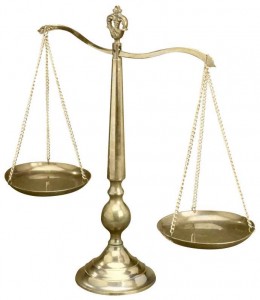 Israeli soldiers go unprosecuted
Israeli soldiers go unprosecuted
Maan News Agency, October 21, 2009
News of the recent arrest of an Israeli soldier accused of beating Mohammaed Khatib, secretary of the Bil’in Village Council and a prominent member of Bil’in’s Popular Committee Against the Wall and Settlements, was met with little enthusiasm in the Palestinian community.
“While I was happy to hear that one of my assailants was arrested,” Khatib said, “the real problem is much wider—the nighttime raids directed against organizers and participants of grassroots protest in Bil’in and other villages; that Israel employs military means against civilians. 28 [Palestinians] have been arrested in Bil’in in the past three months and there has almost always been use of unjustified violence. To the best of my knowledge, this is the only case to have been seriously investigated.”
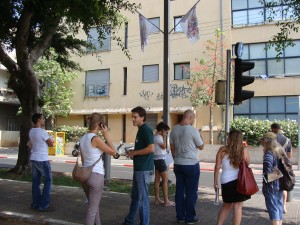
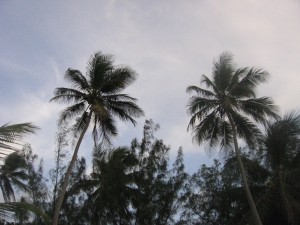 A blockade that doesn’t apply to lulavim
A blockade that doesn’t apply to lulavim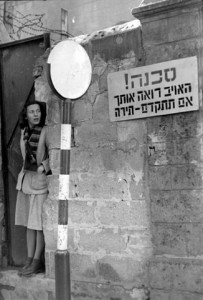 White city, black days
White city, black days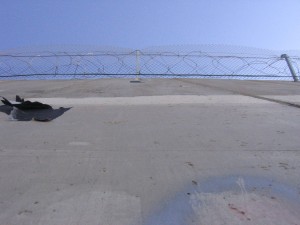
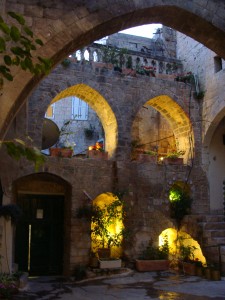
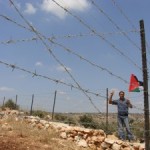

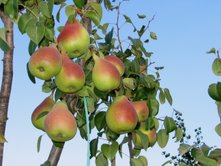
 The Palestinian village of Bil’in, located in the West Bank, is a flashpoint for the Arab-Israeli conflict. Since 2005, Bil’in has been the site of Friday demonstrations attended by hundreds of Palestinians, Israelis, and internationals in protest of the impending construction of the separation wall, the division of Palestinian-owned land, as well as the continued building of Israeli settlements. According to the protestors and Palestinians the barbed wire security fence, which serves as a temporary separation, also prevents farmers from accessing their land.
The Palestinian village of Bil’in, located in the West Bank, is a flashpoint for the Arab-Israeli conflict. Since 2005, Bil’in has been the site of Friday demonstrations attended by hundreds of Palestinians, Israelis, and internationals in protest of the impending construction of the separation wall, the division of Palestinian-owned land, as well as the continued building of Israeli settlements. According to the protestors and Palestinians the barbed wire security fence, which serves as a temporary separation, also prevents farmers from accessing their land.